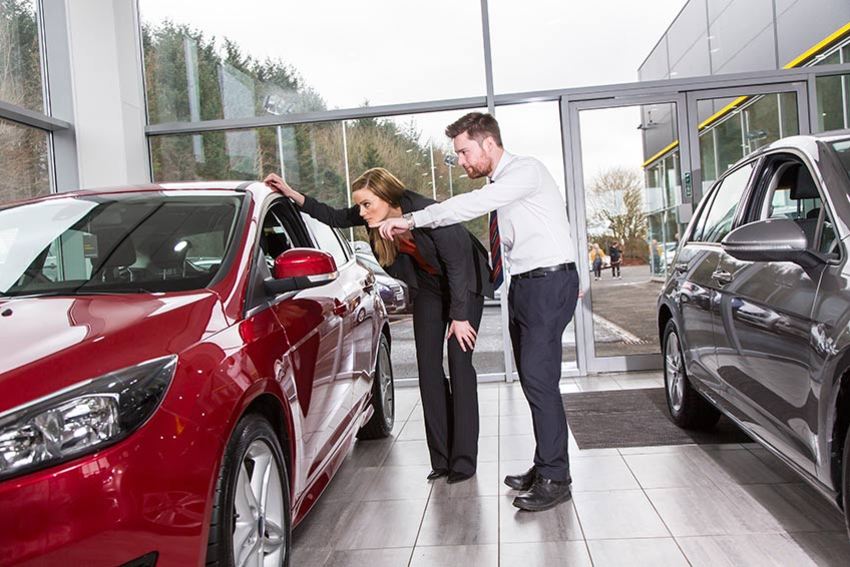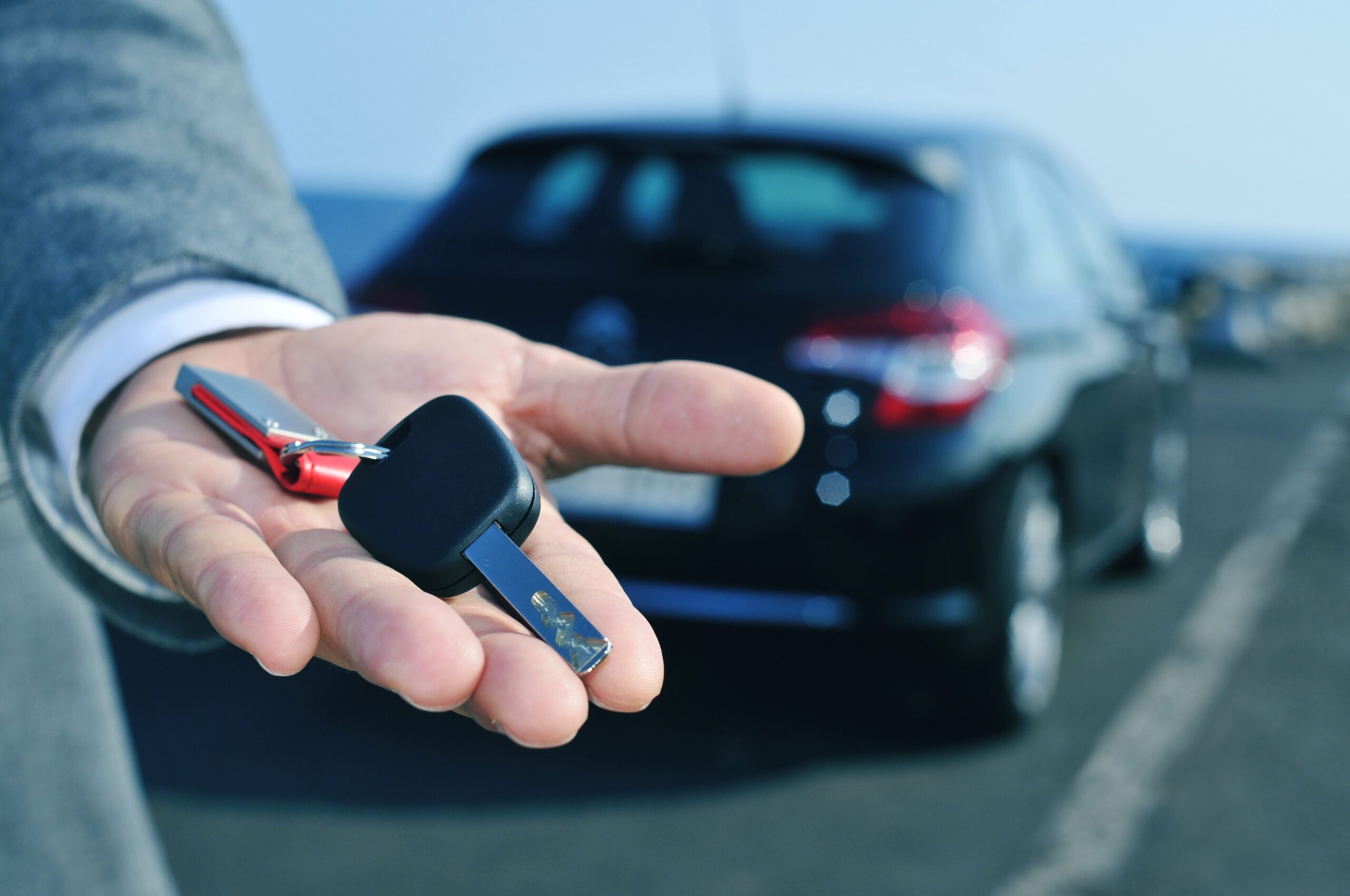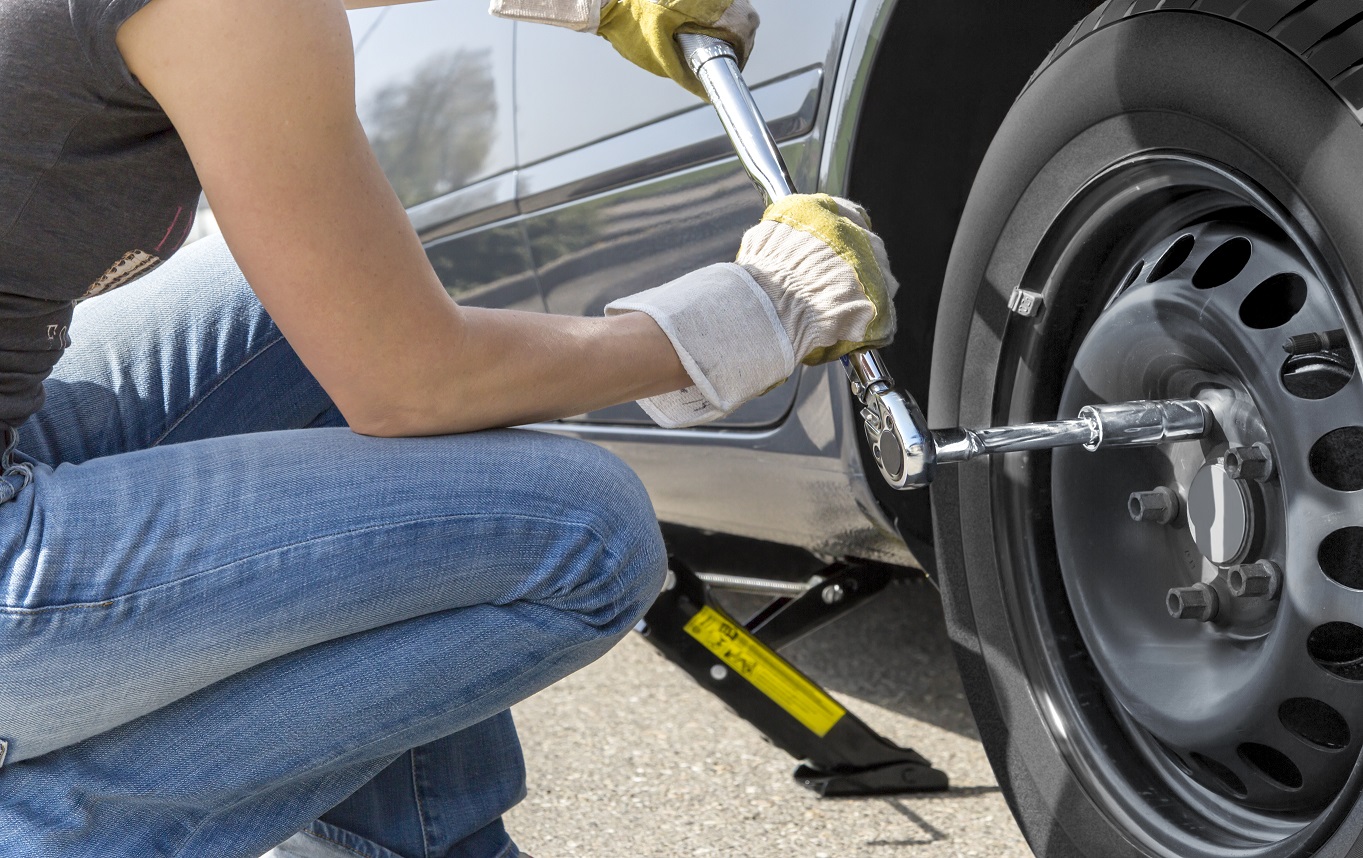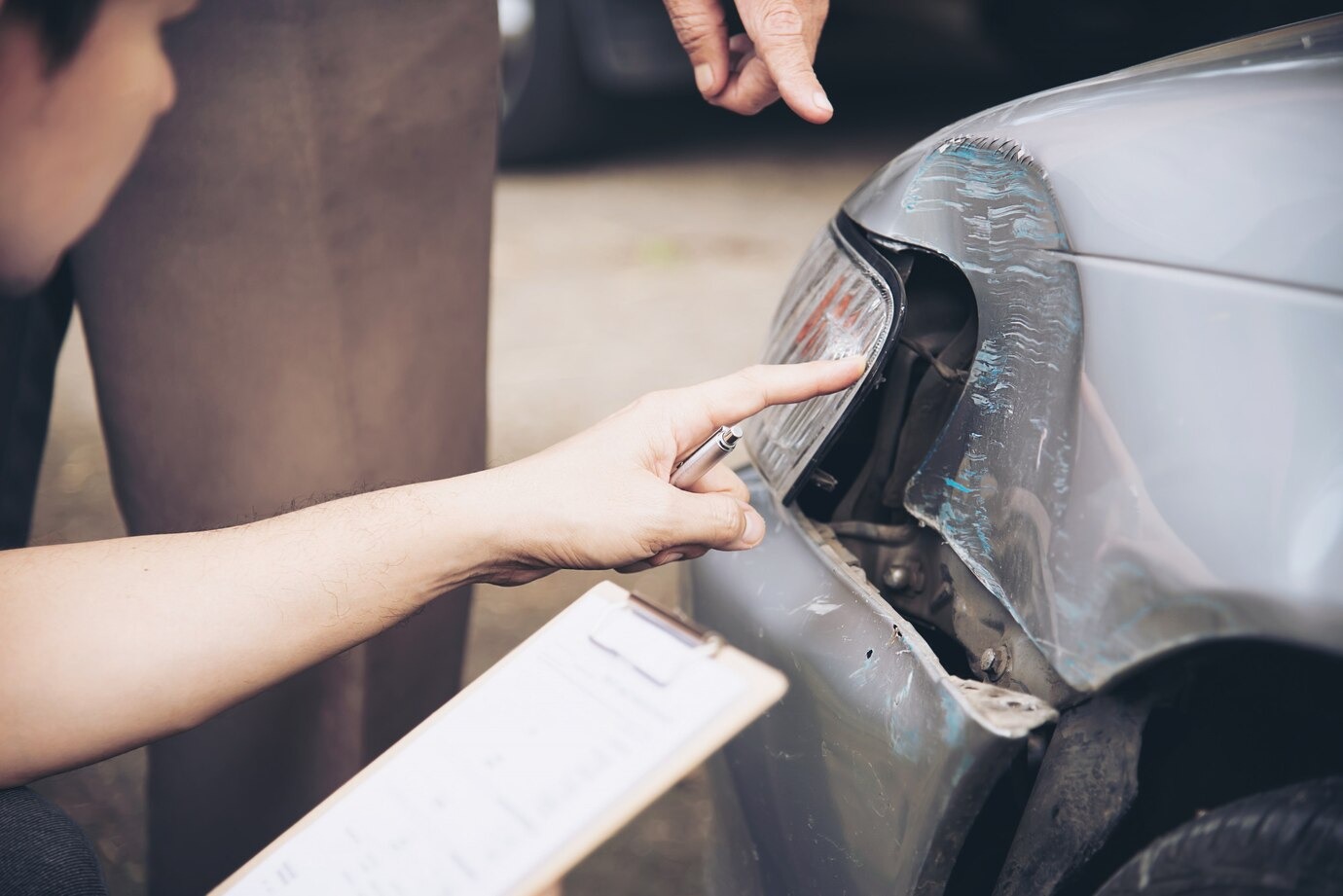Buying a used car has its inevitable drawbacks. Unlike a brand-new car that you can expect to run perfectly, the reliability of a used car will depend on several factors such as its mileage, and the previous owner’s driving and maintenance habits, and manufacturer’s engineering standards.
For these reasons, it’s important that you know what and where to look before you take the leap so you get the most out of your money. And of course, get the best deal out of it. Take your cue from the following tips below.
High mileage means more parts need replacement
Typically, car parts start wearing out upon hitting 60,000 up to 70,000 kilometers mark. These parts can be relatively inexpensive, like fuel filters and brake pads. However, they can get steadily bigger like a new radiator, transmission overhaul, or new A/C compressor.
To know what you’re getting into, make sure to get a copy of the car’s periodic maintenance.
Research about the car

It’s important that you talk to your friend or a car dealer who knows about the model you’re eyeing. You can also Google about the car’s reputation. As they say, “Forewarned is forearmed.”
You can visit some used-car dealerships to obtain a feel about the market pricing of the car you want to buy. If possible, research about the cost of parts on the internet, and list down several shops that sell parts of your vehicle in prospect.
Run a thorough vehicle check
Checking the car is better done in broad daylight to see the quality of its paint. Spots that don’t quite match the other panels are signs that it’s been scratched, bent, touched up with putty or body filler, and painted over. In general, these are minor issues, but you still need to inspect the engine bay then search for indications of filler. It’s a clue that the car was engaged in a front-end collision.
When it comes to the interior, pull the seatbelts to see if they’re working perfectly. Inspect and try out the seats to see if they still have good cushioning. Also, inspect the instrument panel to find out if the lights and gauges still work.
Don’t miss out testing the A/C too. Check it at its highest and lowest settings, then determine how long it will take to cool the vehicle down. Moreover, see if the windshield washer and wipers are working. It will further help if you undergo a standard used car inspection for a more extensive check-up – visit Lemon Squad for more details.
Don’t be cheap

Sure, you save a great deal of money by buying a used car. And you thought you could save more by delaying the replacement of worn-out parts. But doing so will only cost you more. It’s particularly true for the cooling system. If you delay in buying the needed replacement, it will only lead to a domino-like effect. If your new second-hand car needs a radiator, have it checked and changed. Don’t wait for it to cause an engine shutdown or engine overhaul. Again, don’t be cheap.
Check out the tires
Mismatched tires must set a warning signal to your head. It’s not that you can’t afford to buy new rubbers. If the previous owner didn’t at least replace these items, then what does it say about other maintenance concerns?
Request for service records
Whether it’s an old collection of receipts gathered by the seller from having it maintained outside the casa or the log that’s issued to every car, you need to pocket this information. Besides the usual test drive around the neighborhood, doing simple tests will reveal things about the car that you need to know.
For example, turn the steering at full lock right and left, and listen for tugging or knocking sounds. It will indicate problems with the steering. Do a full-throttle, brief acceleration and listen to the transmission and engine for unusual noises. You can also execute a simulated-panic stop to check if the car tends to steer to the right or left, or how well the brakes work.
If you aren’t experienced in discerning what a particular noise could mean, you can hire or bring along a mechanic with you to get a better diagnosis about what’s wrong with the car. Jot down all of the “issues” and assess if you’re willing to fix these problems, or whether or not you still want the car. If you think you can handle them, mention them to the seller upon negotiating for the final price.
Evaluate the paperwork

You can check the VIN (Vehicle Identification Number) chart and see if it matches what’s written on the contract. Pay attention to the engine number in particular. You might also want to research about the previous owners. Is it stolen? Is it legally available for sale? It pays to be prudent.
Prepare a legal document or contract to be signed
To complete your buying journey, it’s best to prepare a legal document that you and the seller will sign. It will certify that you’re the new legal owner of the car. Beware of some scrupulous dealers who sell stolen cars and insist on cash for payment. Bring someone that you trust during the buying process. A close friend will act as your witness and will help you discern hidden car defects. If you’re coming alone, bring an inspection list.
Takeaway
If you do not want to drive a deadbeat car, inspect it before buying. It’s best if you have your mechanic with you during the buying process. Always test drive the car and check the engine for leaks. A car is silent upon driving when it’s well-maintained. You accelerate the car, do emergency brakes then check its response. The most important of all, trust your gut instinct.






